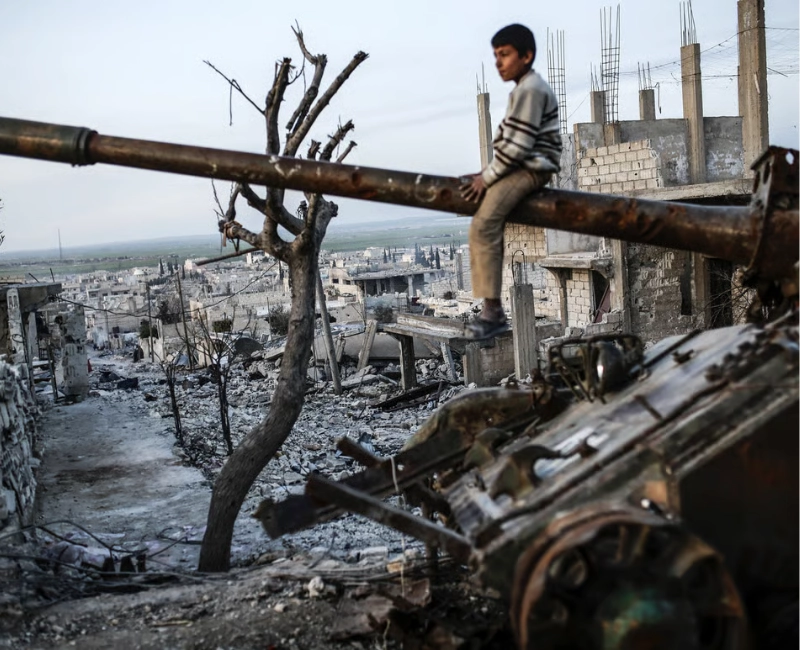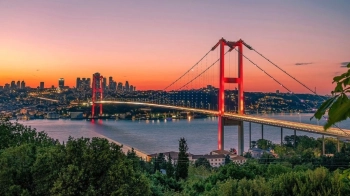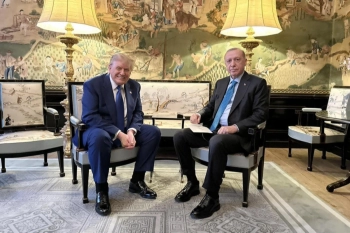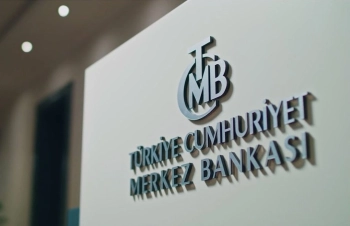Ceasefire in Syria: What It Means and Why It Matters
What does a ceasefire in Syria signify after years of conflict? Why is this development crucial for regional stability? How did diplomatic efforts lead to this breakthrough? These questions loom large as reports emerge of an imminent ceasefire agreement in Syria, brokered through intense negotiations involving regional and global powers.
The Road to the Ceasefire Agreement
The Syrian conflict, which began in 2011, has resulted in immense human suffering, displacement, and geopolitical tensions. The latest ceasefire efforts, as reported by Turkish Foreign Minister Hakan Fidan, suggest a potential halt to hostilities within hours. This development follows months of behind-the-scenes diplomacy involving Turkey, Russia, Iran, and other stakeholders.
A real-world example of such diplomatic efforts can be seen in the Astana Process, where Turkey, Russia, and Iran have previously collaborated to de-escalate tensions in Syria. The current ceasefire, if implemented, could serve as a foundation for broader political negotiations.
Key Players in the Negotiations
The ceasefire talks have involved multiple actors, each with distinct interests in Syria. Turkey, which supports certain opposition groups, has been a vocal advocate for a political solution. Russia and Iran, backing the Syrian government, have also played pivotal roles in shaping the agreement.
For instance, Turkey's involvement is driven by its concerns over Kurdish militias and refugee flows, while Russia seeks to consolidate the Syrian government's gains. The U.S. and European Union, though not directly involved in these talks, remain influential observers.
Humanitarian Implications of the Ceasefire
A ceasefire could bring immediate relief to millions of Syrians who have endured years of violence, displacement, and economic hardship. Humanitarian organizations have long called for pauses in fighting to deliver aid to besieged areas.
Practical applications of past ceasefires, such as the 2016 Aleppo truce, show that even temporary halts in fighting can save lives and allow for the delivery of critical supplies. If sustained, the current agreement could pave the way for rebuilding infrastructure and restoring basic services.
Challenges to Sustaining the Ceasefire
While the announcement of a ceasefire is a positive step, numerous challenges remain. Violations by hardline factions, disagreements over territorial control, and external interference could undermine the agreement.
For example, previous ceasefires in Syria have often collapsed due to mistrust between warring parties or the actions of spoilers. Ensuring compliance will require robust monitoring mechanisms and continued international engagement.
The Path Forward: From Ceasefire to Political Settlement
A ceasefire is only the first step toward a lasting peace. For the agreement to hold, it must be followed by inclusive political talks addressing the root causes of the conflict, such as governance, power-sharing, and reconstruction.
The 2015 Vienna talks and subsequent UN-led initiatives provide a framework for such negotiations. Learning from these experiences, stakeholders must prioritize dialogue over military solutions to achieve sustainable peace.
Global Reactions and Future Prospects
The international community has responded cautiously to the ceasefire news. While some view it as a potential turning point, others remain skeptical given Syria's complex dynamics. The involvement of major powers like the U.S., Russia, and regional actors will be critical in shaping the agreement's longevity.
If successful, this ceasefire could serve as a model for resolving other protracted conflicts in the Middle East, demonstrating the power of diplomacy over warfare.






